New dwarf planet beyond Pluto hints at no Planet Nine
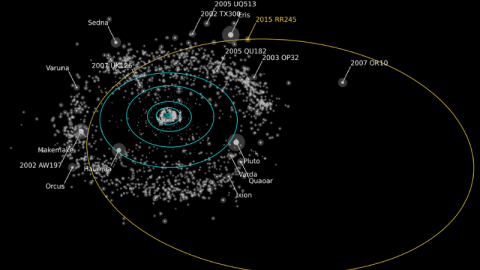
If you thought the Kuiper belt was just icy worlds of various sizes orbiting like Pluto, think again.
“There have only been two true planets discovered since ancient times, and this would be a third. It’s a pretty substantial chunk of our solar system that’s still out there to be found, which is pretty exciting.” –Mike Brown, on the possibility of Planet Nine
Out beyond Neptune, the icy collection of distant, frozen worlds known as the Kuiper belt orbits slowly around the Sun, with each body taking hundreds or even thousands of years to complete a revolution. Most of them are incredibly small and faint, and the more than 60 years that elapsed between the discovery of Pluto and the second Kuiper belt object — 1992 QB1 — illustrates exactly that. Now, a dedicated survey, the Outer Solar System Origins Survey (OSSOS), is committed to cataloguing as many of the brightest, largest Kuiper belt objects present in our Solar System as possible. In its first big find, the collaboration just announced the discovery of a new, giant world 700 kilometers in diameter: 2015 RR245.
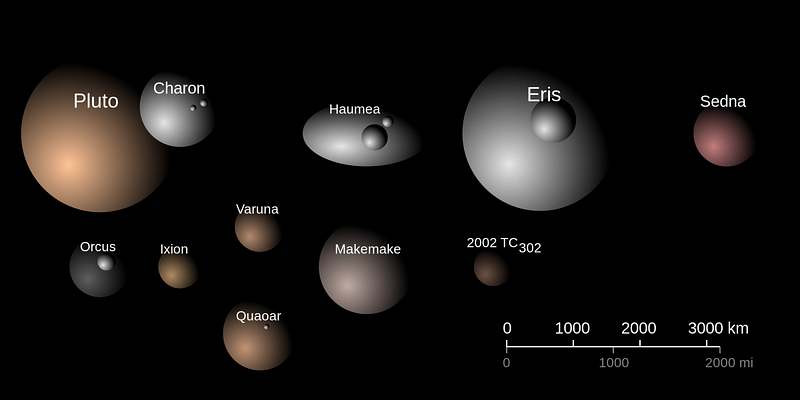
2015 RR245 is larger than every world in the asteroid belt except Ceres. It may be smaller than Pluto, Eris, Makemake, Haumea, Quaoar and Sedna, but it’s suspected to be approximately the same size as Varuna, all of which are either confirmed or candidate dwarf planets. By surveying a portion of the sky at incredibly high resolution just a few hours apart, they were able to detect the very slight motion of this distant world against the backdrop of fixed stars.

What they found, though, wasn’t what we think of as a normal Kuiper belt object, in an extended disk with an orbit outside of Neptune, but rather an extremely eccentric world. While its closest approach to the Sun will take it nearly inside the orbit of Neptune, its aphelion takes it a whopping 120 A.U. away from the Sun, or more than twice the distance most Kuiper belt objects achieve at their most distant.
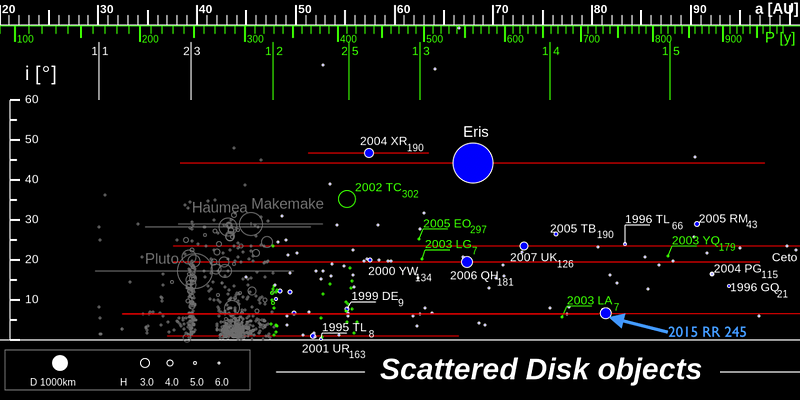
That’s because — contrary to the popular picture — the icy worlds found out beyond Neptune come in a variety of populations. Yes, there are plenty of worlds that have nearly circular orbits out there, and that might be what we think of as the “typical” Kuiper belt object. But perhaps that’s because these are the easiest types of object to find: the ones that are always close to us are easier to find than the ones that are close to us for only a small fraction of their orbits.
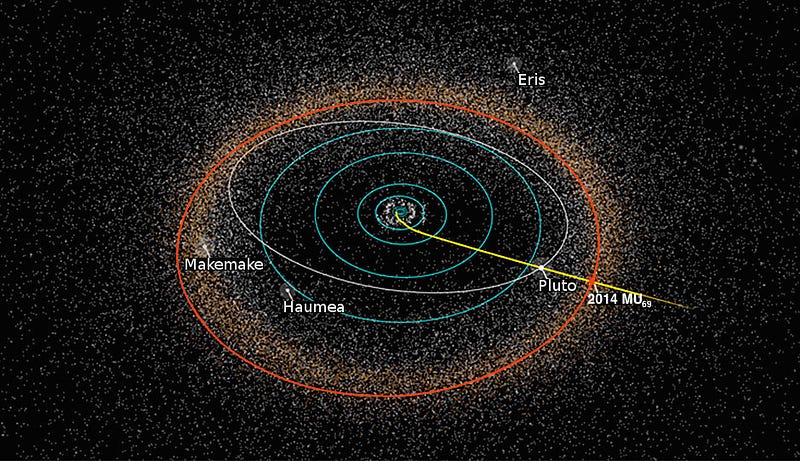
Beyond the Kuiper belt objects we most commonly know are the scattered disk objects, and beyond those are the Sednoids, of which there are only a few. Quite notably, astronomers Konstantin Batygin and Mike Brown studied the few Sednoids that we knew and determined that they were clustered in such a fashion that they indicated the possible existence of a massive, super-Earth planet a few hundred A.U. away from the Sun.
It’s a tantalizing idea, and the few Sednoids we found support this exact proposition. But objects like 2015 RR245 remind us of something that it’s vital to keep in mind: right now, with our current technology, we’re still only finding the brightest, closest objects to Earth right now. This means that we have a bias at play, and that of all the elliptically-orbiting objects that are out there, we’re only seeing the ones that are currently near their perihelia: closest to the Sun. It may turn out that the reason we’ve found the distant Sednoids clustered the way they are is, in fact, because there is a massive, ninth planet hurling them in towards the inner Solar System, as Batygin and Brown proposed.
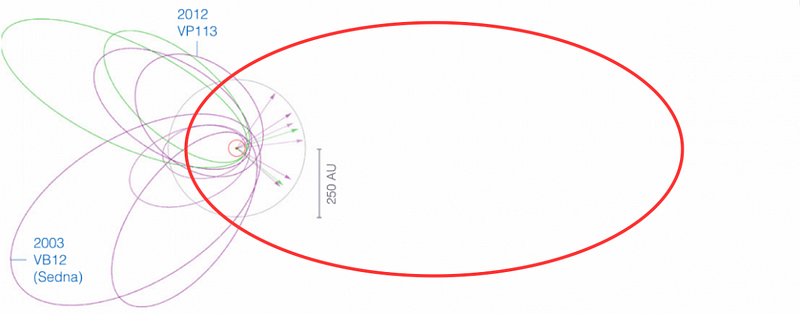
But it’s also possible, as scattered disk objects and elliptical KBOs show, that there are a huge variety of objects with tremendously varied orbits out there, and we’re only seeing a tiny fraction of them. If the objects we’re seeing have even a slight bias to them, it could lead us to jump to all sorts of incorrect conclusions, just as we did decades ago claiming periodic mass extinctions due to asteroid impacts and the Nemesis theory of a second Sun. Incomplete data is what we’ve got, and the first results of OSSOS and the discovery of 2015 RR245 should remind us all of how much more there is — not just in the Universe but even in our Solar System — still left to discover.
This post first appeared at Forbes, and is brought to you ad-free by our Patreon supporters. Comment on our forum, & buy our first book: Beyond The Galaxy!





